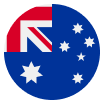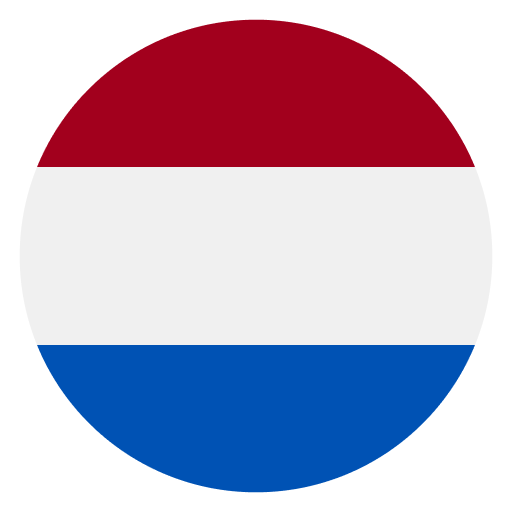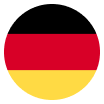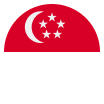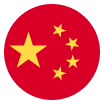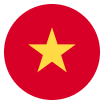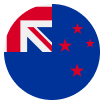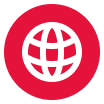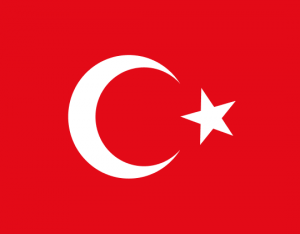Guide to selling on Tmall Global: The Australian Edition
Expand your e-commerce business to China by listing your products on Tmall Global. Learn how to get started.
Key takeaways
- Tmall Global helps international brands reach 100 million active shoppers in China
- You should have a unique trademark or full license to sell branded products
- Reselling of items is not allowed on Tmall Global currently
- You need to have a business registered outside of mainland China
- You can use your World Account to collect payments in CNY from Tmall Global

Introduction
Tmall Global has more than 100 million active shoppers in China. The e-commerce marketplace also has a fast-growing cohort of Generation Z shoppers, creating a massive opportunity for global e-commerce businesses to expand in China.
Owned by the Alibaba Group and established in 2014, Tmall Global has grown rapidly in the past decade. It features 46,000+ brands, 7,000+ product categories, and sellers across 90+ countries.
Tmall.com generated a net sales revenue of $24 billion dollars in 2023.
Australian e-commerce businesses can expand in China through Tmall Global and take advantage of the vast customer base of the marketplace.
Table of Contents
What is Tmall Global?
Tmall Global is part of the Alibaba e-commerce ecosystem and was designed for international brands to connect with domestic Chinese consumers. It is one of China’s largest cross-border e-commerce platforms for customers looking to purchase high-quality imported products.
In 2023, Tmall Global held nearly 38 percent of China’s cross-border B2C e-commerce market.
Overseas retailers and brands can set up their e-commerce stores without requiring a localised Chinese business registration–cutting down on excessive paperwork.
Retailers can either have independent storefronts for their brands, or their products can be bundled with different sellers from the same country under that country’s pavilion.
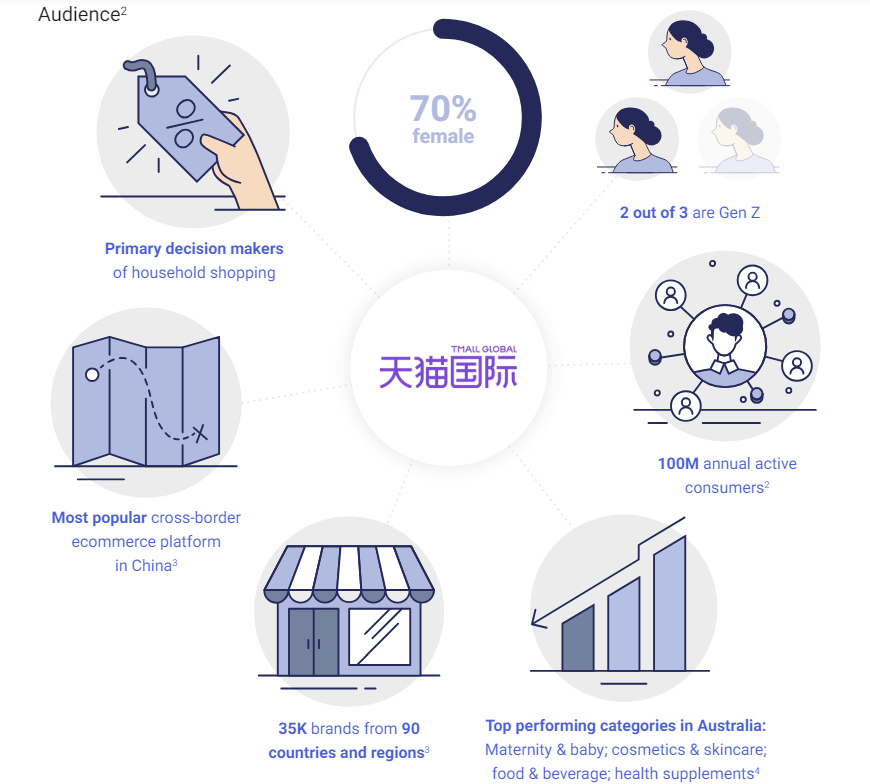
Tmall vs Tmall Global vs Taobao
Tmall China is an offshoot of Taobao, founded in 2003 as a consumer-to-consumer platform. Taobao has expanded over the years to encompass small merchants and large retailers. As a result, Alibaba Group separated Taobao and Tmall into two distinct platforms to differentiate their value propositions.
While Taobao is still a C2C platform, Tmall has become a B2C platform.
Tmall Global is the international offshoot of Tmall, helping global sellers connect with Chinese consumers.

How can brands and retailers benefit from selling on Tmall Global from Australia?
Selling on Tmall Global from Australia allows businesses to boost sales by expanding their reach. International businesses can connect with a much larger customer base already interested in buying exported products.
- Tmall Global for brands: An official storefront in China can help improve brand awareness, establish a presence in China, and grow sales. Australian brands can use Tmall as a launchpad before entering Chinese markets
- Tmall Global for online retailers: Australian retailers can use Tmall as a new sales channel to reach a wide customer base in China
Note that Tmall Global only accepts sellers with a unique trademark or full license to sell branded products. Currently, Tmall Global doesn’t allow reselling of items.
Seller fees on Tmall Global
Just like other global marketplaces, Tmall Global also charges sellers commissions and fixed fees.
Deposit: It is a one-time refundable security deposit ranging from $8,000 to $25,000, depending on the type of storefront, products, and trademark.
Annual fees: It can vary between between $5,000 and $10,000 USD.
Commission fees: It depends on the product category of the items you wish to sell on Tmall Global. Usually, the commission fees fall between 2-4%.
Apart from this, you will also have to incur logistics costs depending on your preferred shipping mode.
What are the different business models for sellers on Tmall Global?
Four main business models can drive sales on Tmall Global.
Flagship store: It is operated by brand owners who hold a trademark for the brand or merchants with the authorisation of the brand owners to operate. It is suitable for larger, more established brands.
Ministore in TMG Direct Import (TDI): The business model is preferable for those wanting to start a business and test the Chinese market. There are low start-up and operating costs involved. Sellers get end-to-end assistance with product incubation, consumer operations, and brand training. It is Ideal for small and medium-sized businesses.
TMG Direct Import (TDI): It is a direct consignment model where merchants sell fast-moving goods in a lifestyle supermarket online. The Tmall Global TDI team handles product listings, marketing, sales, and fulfilment.
You ship your products to bonded warehouses, and everything, including product listing, operations, and domestic operations, is managed by the Tmall Direct Import team.
International Overseas Fulfilment (IOF): It is more suitable for brands who want to list and sell their products directly. You ship products to Alibaba warehouses. Then, Tmall Overseas Fulfilment handles sales, marketing, operations, and product shipment to customers.
The Tmall buyer team can also help you find the best-selling products for your store.
How to sell on Tmall?
1. Make sure you qualify to open a store on Tmall Global
The requirements vary slightly depending on what kind of store you want to open, but the common requirements include:
- A business registered outside of mainland China
- Proof of brand ownership/trademark registration of the brand
- Genuine products with certificate of origin
Note: These documents are only for seller registration. You might be asked to submit more documents related to the products, depending on the product categories.
2. Sign up as a new seller
Sign up as a new seller on the Tmall Global merchant page.
3. Select the store category
Choose one of the four store types you want to open on Tmall.
4. Select the business category
Add the business category and click Confirm. A brand can only choose one business category. But specialty stores and flagship stores can select up to 5 categories.
Note: Only brands and retailers can open online storefronts on Tmall Global.
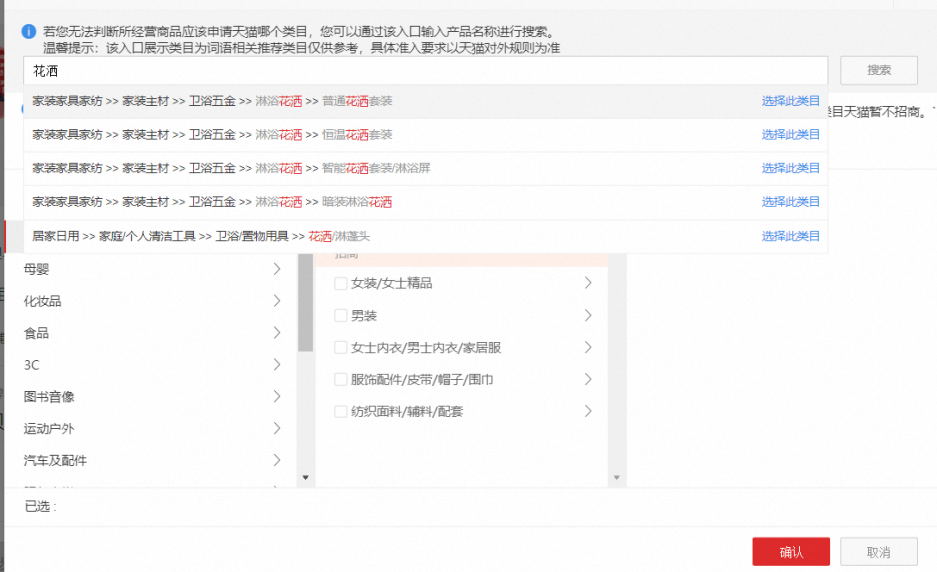
5. Prepare and upload necessary documentation
The required documentation will depend on the product category and the type of seller account you are registering. Check out this in-depth documentation list for Tmall Global. Select the right product category to get the complete list of documents. A trademark certificate will be one of the main documents required.
Note: Incomplete documents will be rejected, and you must resubmit.

6. Add company details
Upload the company licence and other documentation required from the step above. You must also add a store name for your Tmall storefront. Go through the Tmall’s store naming standards before finalising a name.
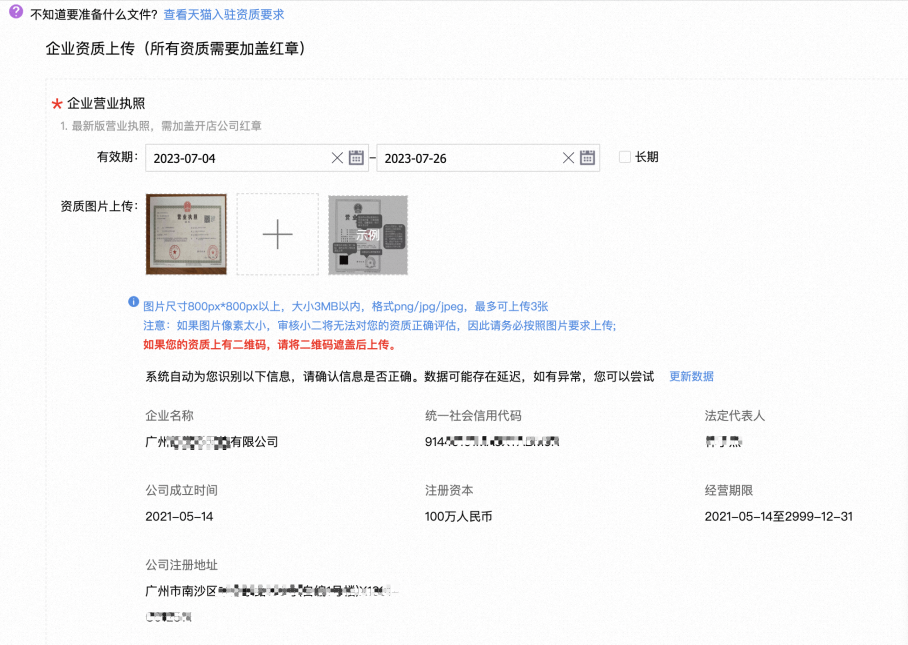
7. Wait for verification from Tmall
After you submit the documents, they will go to Tmall for review. There are two stages of review: Preliminary review and re-examination review.
If any documents need to be re-uploaded or modified, a re-examination review happens after the preliminary review. You will be informed directly and given 15 days to resubmit.
It usually takes 3-6 working days to hear back from the review team.

8. Activate your account
After verification, you can activate your seller account and log in. Set a password, add your phone number, and link your Alipay account for authorization.
9. Pay the fee and take your store online
Pay the account seller fees and deposit to kickstart your account. You can calculate the fee before you make the payment.
You can start listing products on Tmall within 24 hours of paying the fees.
How to manage shipping for Tmall Global
Two shipping methods are available for sellers on Tmall Global: Direct shipping and bonded warehouse.
Direct shipping: You partner with Cainiao, the logistics arm of the Alibaba Group, to ship products directly to customers in China. There are no upfront costs, and a shipping fee is levied for every order. But shipping is more expensive, and there can be delivery delays due to customs.
Bonded warehouse: You export products in bulk to one of Cainiao’s bonded warehouses in China. The products are stored in warehouses until an order is received. Cainiao is responsible for packing and shipping the products to the customers. While the delivery is fast and shipping costs are relatively low, upfront setup costs are involved.
How to get paid from Tmall Global with WorldFirst?
To sell on Tmall Global, you must open an Alipay Business account to collect funds. Tmall Global will transfer your funds to your Alipay Business wallet. You can then use your World Account to receive and hold funds. You can keep the funds to pay suppliers later or transfer them to your bank account.
WorldFirst is an international payments business that helps online sellers and SMEs take their businesses global. It allows businesses to open multi-currency accounts in 15+ currencies and collect payments across 100+ marketplaces and 30+ payment gateways.
With the World Account, you can simplify cross-border collections via a seamless and secure platform. Contact the local Australian team for more information on how WorldFirst can help your business.
- Open 15+ local currency accounts and get paid like a local
- Pay suppliers, partners and staff worldwide in 100+ currencies
- Collect payments for free from 130+ marketplaces and payment gateways, including Amazon, Etsy, PayPal and Shopify
- Take control of spending with the World Card, a business expense card that saves you more with 1% cashback. Learn more
- Save with competitive exchange rates on currency conversions and transfers
- Lock in exchange rates for up to 24 months for cash flow certainty
How to market your products on Tmall?
Here are some tips on marketing your products on Tmall Global and attracting more customers.
Hire KOL for livestreaming products: Influencers in China can hold much sway, so partnering with the right ones can boost brand awareness.11
Leverage social media platforms: Little Red Book, Douyin (TikTok), Kuaishou, and Zhihu are some social media and lifestyle apps local Chinese consumers use to discover new brands and products.
Key sales periods and marketing campaigns: Consider running campaigns during key sales periods. Some of the most popular sales periods in China include:
Queen’s Day: Coinciding with International Women’s Day, this shopping festival targets female consumers with discounts and promotions to pamper themselves.
618 Carnival: The second largest shopping festival in China, 618 Carnival takes place from the end of May to mid-June, offering consumers almost a month of deals and exclusive products.
Double 11: Also known as Singles Day, this shopping festival occurs yearly on 11 November. In recent years, the pre-sale period has extended this festival to a week. In 2022, 1,000 overseas brands on Tmall Global achieved YoY GMV growth of more than 100% during the 11:11 festival.
Partner with WorldFirst for seamless marketplace collections
No matter which Chinese e-commerce platform you plan to sell on, a secure and fast payment provider like WorldFirst can streamline global payment collections. With a World Account, you can accept payments from customers in China and 130+ other countries.
Disclaimer: The information contained is general only and largely our views. Before acting on the information you should consider whether it is appropriate for you, in light of your objectives, financial situation or needs. Although information has been obtained from and is based upon multiple sources the author believes to be reliable, we do not guarantee its accuracy and it may be incomplete or condensed. All opinions, estimates, mentioned products/services and referenced material constitute the author’s own judgement as of the date of the briefing and are subject to change without notice. WorldFirst shall not be responsible for any losses or damages arising from your reliance of such information.


How to sell on Temu Australia
Learn how to sell on Temu Australia, from setting up a store to boosting sales. Discover key categories, fees, fulfillment options and tips for success.
Apr / 2025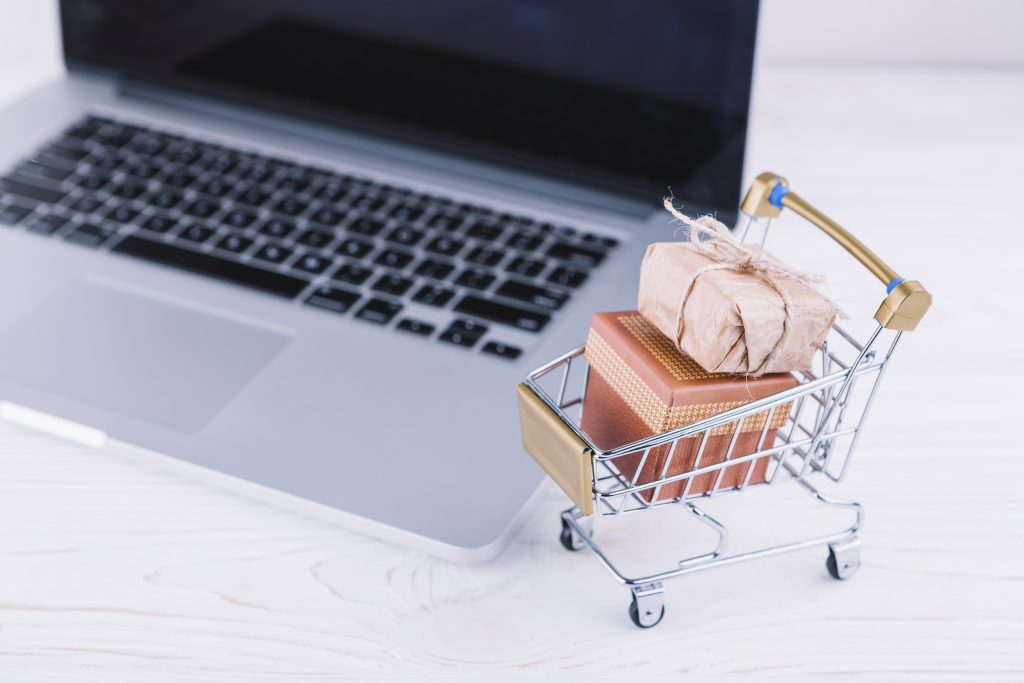
Selling in New Zealand from Australia: The online seller’s guide
Explore how Australian businesses can tap into New Zealand's growing market with low costs, reduced competition, and shared consumer values...
Mar / 2025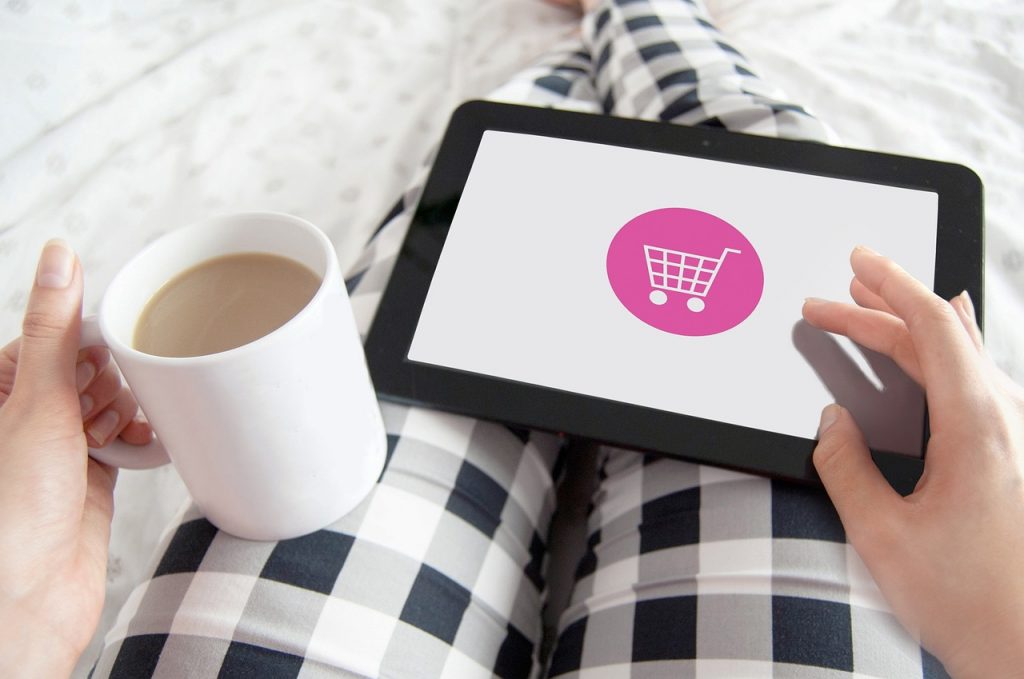
How to turn first-time buyers into long-term customers
Find actionable strategies for e-commerce businesses to keep new customers engaged and create lasting loyalty with this guide from WorldFirst.
Feb / 2025Choose a category below for more business, finance and foreign exchange support from WorldFirst.
- Almost 1,000,000 businesses have sent USD$300B around the world with WorldFirst and its partner brands since 2004
- Your money is safeguarded with leading financial institutions













